Cancer screening services
The aim of gynecological cancer screening is to detect abnormalities in the precancerous stage whenever possible. Where this is not possible e.g breast cancer and some ovarian cancers, an early diagnosis can ensure a complete cure.
The major gynecological cancers amenable to screening are –
- Cervical cancer
- Uterine cancer
- Ovarian cancer including cancer of the fallopian tube
- Breast Cancer
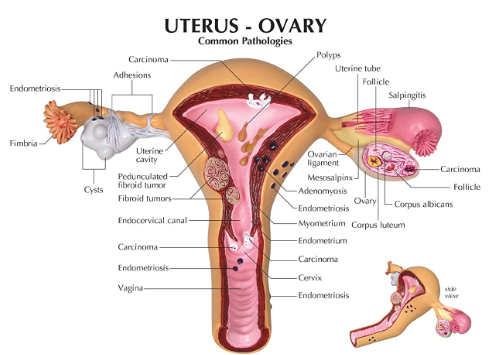
Cervix
The cervix-or the mouth of the womb can be easily seen on examination by the gynecologist. There also exists a test which can be done easily and any abnormalities can be detected in the pre-cancerous stage and treated effectively, preventing the development of cancer.
This us the PAP smear test. It is internationally recommended that all women over 25 years should undergo screening for cancer cervix periodically. High risk groups would need to start earlier, depending on the recommendations of the gynecologist.
Another method of preventing cancer of the cervix is
To vaccinate all boys and girl around the age of 12 year, before they becoming sexually active- Yes you guessed right, most cervical cancers are sexually transmitted by a virus called the HPV virus, and vaccines against these viruses can prevent cervical cancer. More details available on this site on the health education leaflet-‘What is a PAP smear test’
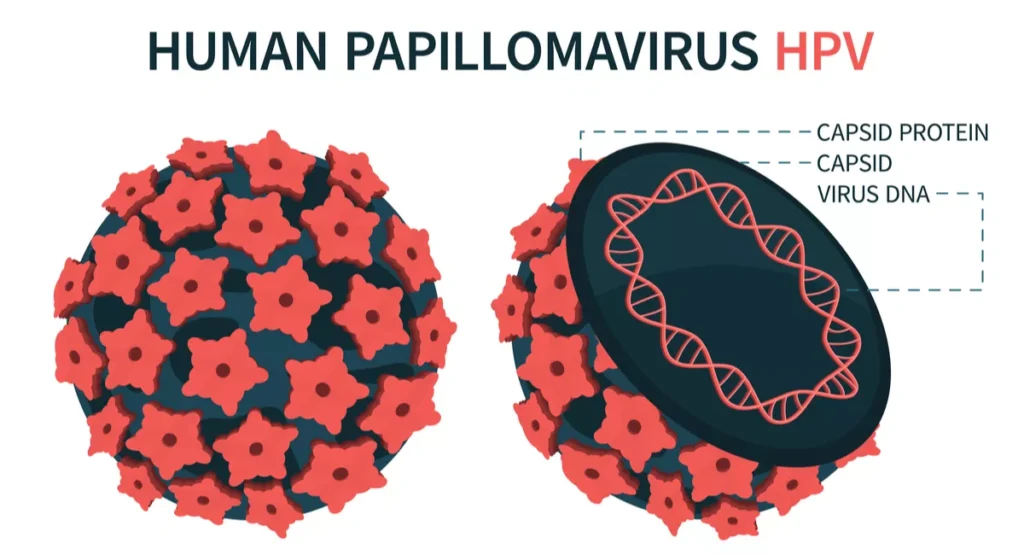
Uterine Cancer
Uterine Cancer – usually presents with heavy irregular vaginal bleeding. Hence it is usually diagnosed in early stages. But there does exist a pre-cancerous condition which is called Endometrial Hyperplasia. This is the result of excessive growth of the inside lining of the womb and is caused by excessive oestrogen hormone stimulation. The bleeding is usually very heavy during periods and can last unusually long, there can also be bleeding in between periods. That is why, if you have heavy periods your doctor would suggest a hysteroscopy and endometrial biopsy- so that endometrial hyperplasia an be detected and treated before it progresses to malignancy.
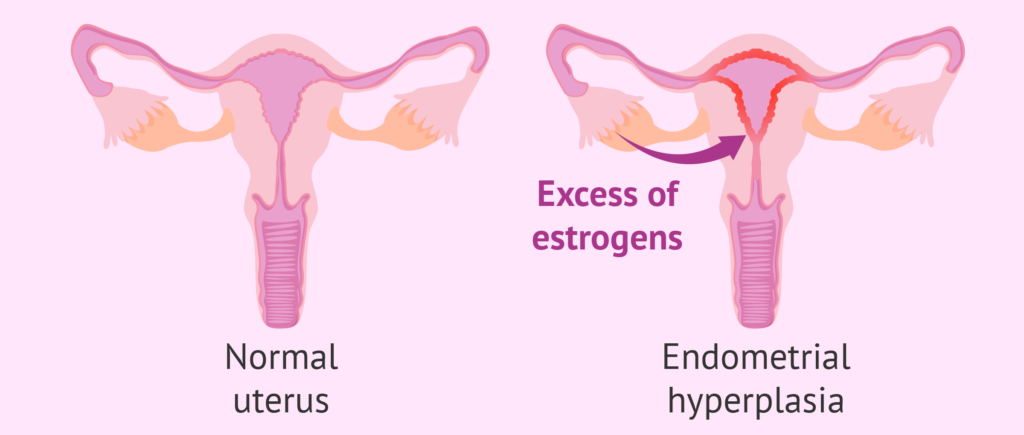

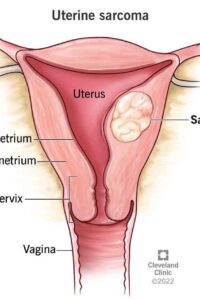
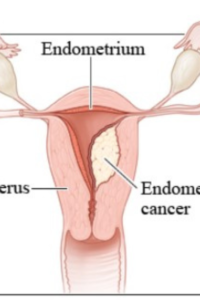
Cancer of the ovary and the fallopian tube
Cancer of the ovary and the fallopian tube- this is one of the most dreaded cancers of the female genital organs, and this because it is asymptomatic until a late stage. Often it is difficult to determine whether the cancer originated in the in the tube or ovary due to the close proximity of the two, and because the same histological type of cancers can occur in both.
Hence we recommend a yearly pelvic scan to detect any tumors or cysts of the ovary or fallopian tubes. In addition, the ovarian cancer spreads rapidly to neighboring organs, because of the rich blood supply to the ovary.
Hence an early diagnosis ensures an optimal outcome.
Ovarian Cancer can run in families, just like breast cancer. So if a close relative has suffered from the condition, it would be a good idea to get yourself check regularly.
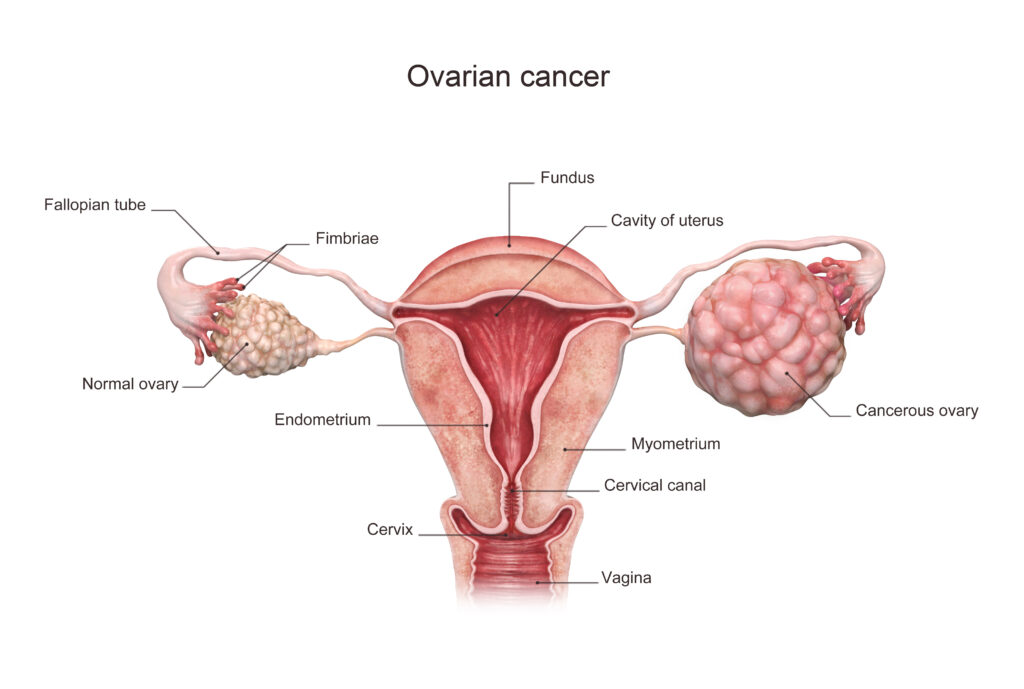
Breast Cancer
Breast Cancer – According to the World Health Organization (WHO), as of 2020, breast cancer is the most common cancer among women worldwide. About 1 in 8 women in the United States will develop invasive breast cancer over the course of her lifetime. 1.7 million women are affected by breast cancer worldwide every year. 15% of all cancer deaths are caused by breast cancer. Breast cancer is one of the leading causes of cancer-related death in women in the United States, second only to lung cancer. The most significant risk factors for breast cancer are gender (being a woman) and age (growing older).
It accounted for about 11.7% of all new cancer cases. It can also affect men, although it is less common.
It is estimated that there were around 2.3 million new cases of breast cancer and 685,000 deaths from the disease in 2020 alone. Breast cancer death rates have been decreasing steadily since 1989, for an overall decline of 43% through 2020. These decreases are thought to be the result of treatment advances and earlier detection through screening. However, the decline has slowed slightly in recent years.
About 5% to 10% of breast cancers can be linked to known gene mutations inherited from one’s mother or father. Mutations in the BRCA1 and BRCA2 genes are the most common
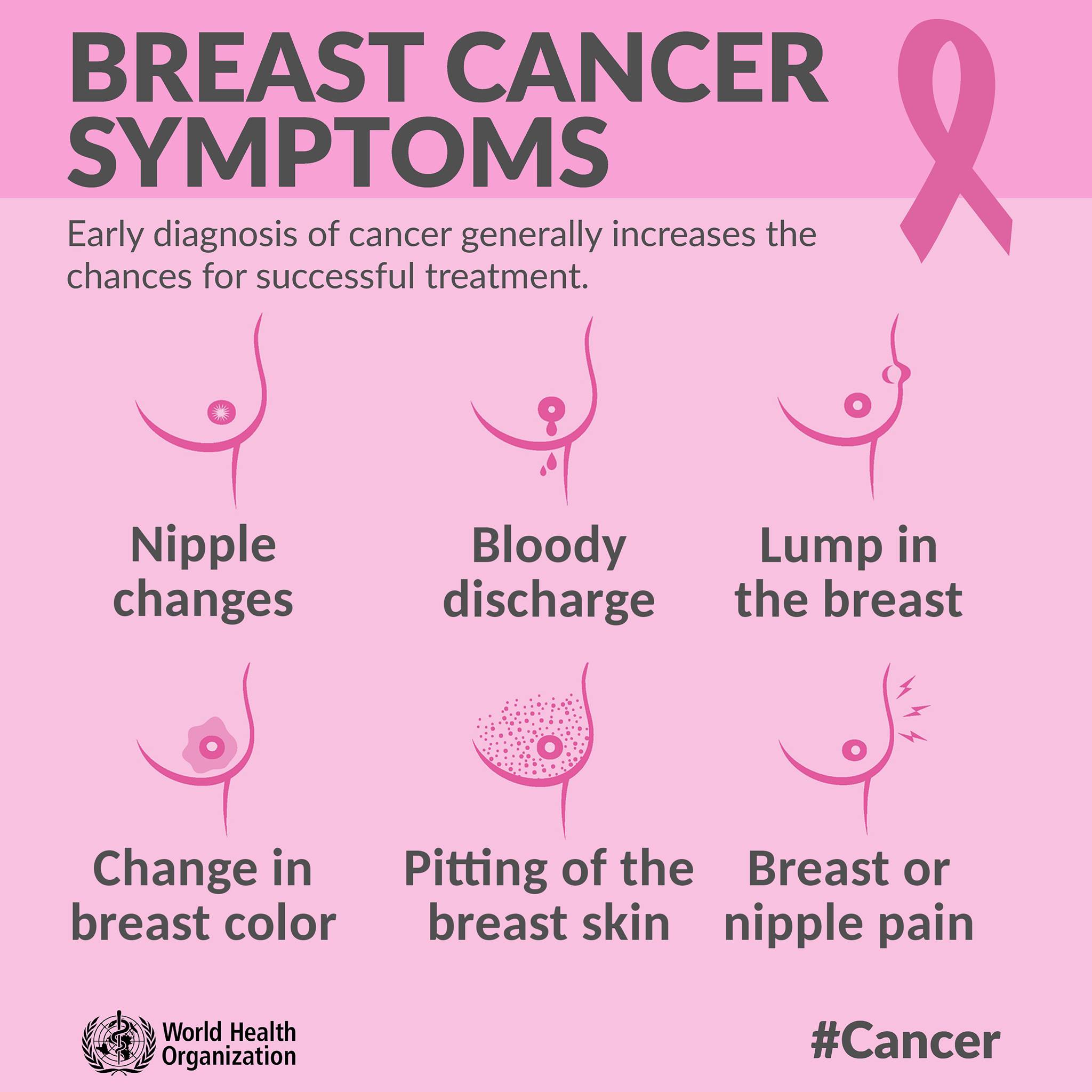
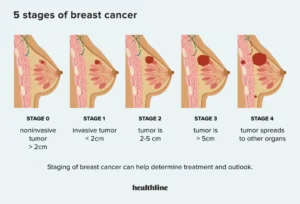

Self Breast examination once a month helps early diagnosis of breast lumps. An early diagnosis of breast cancer can result in complete cure. Regular breast cancer screening, such as mammograms and ultrasound breast, can help detect breast cancer early when it is more treatable. Increased awareness about breast cancer and early detection have contributed to improved outcomes.
For more information, and to have a comprehensive gynecological cancer screening, please feel free to contact me at the below given number.

